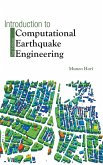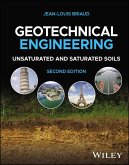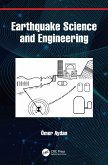Publisher's Note: Products purchased from Third Party sellers are not guaranteed by the publisher for quality, authenticity, or access to any online entitlements included with the product. The latest methods for designing seismically sound structures Fully updated for the 2012 International Building Code, Geotechnical Earthquake Engineering Handbook, Second Edition discusses basic earthquake principles, common earthquake effects, and typical structural damage caused by seismic shaking. Earthquake computations for conditions commonly encountered by design engineers, such as liquefaction, settlement, bearing capacity, and slope stability, are included. Site improvement methods that can be used to mitigate the effects of earthquakes on structures are also described in this practical, comprehensive guide. Coverage includes: * Basic earthquake principles * Common earthquake effects * Earthquake structural damage * Site investigation for geotechnical earthquake engineering * Liquefaction * Earthquake-induced settlement * Bearing capacity analyses for earthquakes * Slope stability analyses for earthquakes * Retaining wall analyses for earthquakes * Other geotechnical earthquake engineering analyses * Grading and other soil improvement methods * Foundation alternatives to mitigate earthquake effects * Earthquake provisions in building codes








